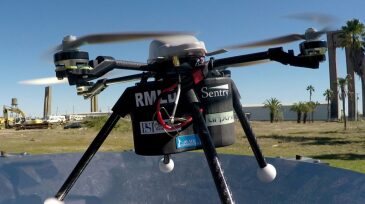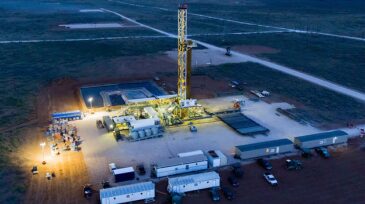R&D/innovation
Sponsored
As HPHT wells push equipment to the edge of material limits, operators are turning to advanced thermoplastics and sealed electrical assemblies to maintain system integrity. From ESP insulation to BOP control systems, the right component design can prevent failures, lower intervention costs, and extend equipment life in the harshest offshore environments.
SPE member Silviu Livescu has been chosen to receive the award in recognition of his groundbreaking contributions to next-generation, low-enthalpy geothermal energy systems, which are enabling widespread, cost-effective building heating and cooling solutions.
Technology developers expect the tight-oil industry to give lightweight proppants another look after the Permian Basin’s biggest operator becomes an adopter.
-
My goal is to support small producers and tech providers. Cautionary note: If you work for a huge corporation and feel there is no need for little, pesky innovators, please stop reading this article now.
-
The future of unconventional exploration will require a break from the status quo. With well productivity stalling, it is time to look for a new plan of attack.
-
Startup company Eviation is aiming for its 9-seat commuter aircraft to be flying passengers by 2021 after signing up South Korea’s Kokam as its battery supplier. The battery will have 9,400 cells distributed throughout the aircraft including the ceiling, floor, and wings, weighing 3.8 tonnes, or 60% of the maximum takeoff weight.
-
Siemens and GE are among the companies discovering the power of an open-source innovation community to offer solutions for significant oil and gas industry challenges, such as improved corrosion monitoring.
-
A US-government-sponsored program is putting new methane leak detection systems to the test with a goal of achieving functionality costs of $3,000/year/wellsite while hitting stringent performance criteria.
-
The Technology Roadmap identifies R&D opportunities that will allow the US to be the leading producer of oil and gas into the future. The importance of technology transfer and time to commercialization is discussed.
-
R&D is essential for the industry, regardless of the current oil price, and past down markets have spawned some key technology advances, ExxonMobil researcher Erika Biediger told the SPE Gulf Coast Section R&D study group recently.
-
The president of Chevron Technology Ventures discussed how startup companies can fill the gaps in a rapidly changing technological ecosystem, and Chevron's mechanisms to understand the role startups can play in its operations.
-
Veros Systems took top honors at a competition involving energy startups.
-
SPE and the Rice Alliance for Technology and Entrepreneurship have partnered to host a competition at ATCE in which emerging technology companies in the energy sector vie for partnerships and prize money.













